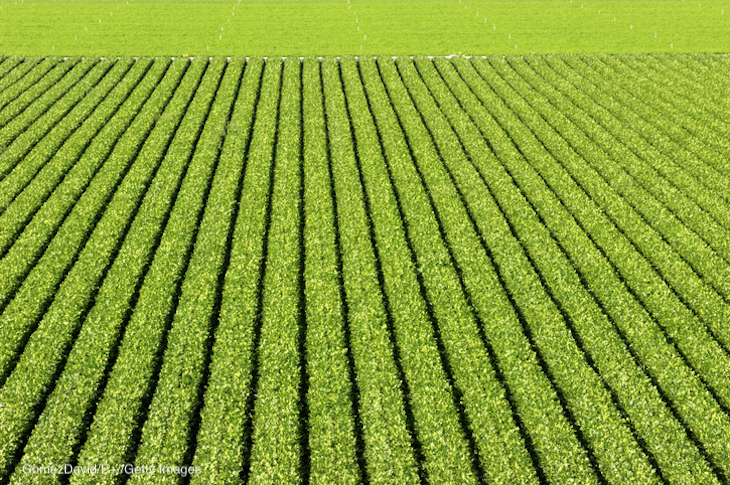Agricultural Research Scientists have found that fall harvested romaine is more likely to contain more E. coli bacteria and cause more outbreaks, according to the USDA. Between 1998 and 2019, there were 36 outbreaks traced back to lettuce, particularly romaine lettuce, that was harvested in the fall on the California Central Coast, and in late winter in Southern California and Arizona.

The seasonal outbreaks are more frequently associated with commercially grown lettuce harvested at the end of the growing season. The question is why.
ARS microbiologist Maria Brand, leader of the study, said in a statement, “To begin unravelling the causes of these seasonal outbreaks, our research team looked at various factors to identify conditions that may increase E. coli survival on fresh-cut lettuce that we grew in Salinas, and processed and cold-stored in modified atmosphere packaging as is done commercially,”
The scientists found that E. coli bacteria survived on average 5.6 times better in cold-stored packaged romaine in the fall than on the same varieties that were harvested in late spring.
ARS geneticist Ivan Simko, the study co-author, added, “We also found that among romaine varieties with longer and shorter shelf life in this study, the deterioration rate of the variety with long shelf life was significantly greater when harvested in the fall than in spring. I have observed this in previous studies as well but the significance to E. coli on lettuce had not been tested. Here we showed that greater deterioration in the fall lettuce was associated with better pathogen survival.”
The scientists also found that thee bacterial community on the bagged romaine was different depending on the season, the state of lettuce deterioration, and whether survival of E. coli on the lettuce was high or low. Scientists may be able to use the microbiome as an indicator of the microbial quality of fresh-cut bagged lettuce.
Researchers were surprised that there were such differences in E. coli survival, because the current hypotheses about the seasonality of outbreaks linked to lettuce focus on differences in the prevalence of the pathogen in the environment. The results indicate that fall-harvest romaine and the microbes on it have intrinsic characteristics that make them a better place for the pathogen to survive.




